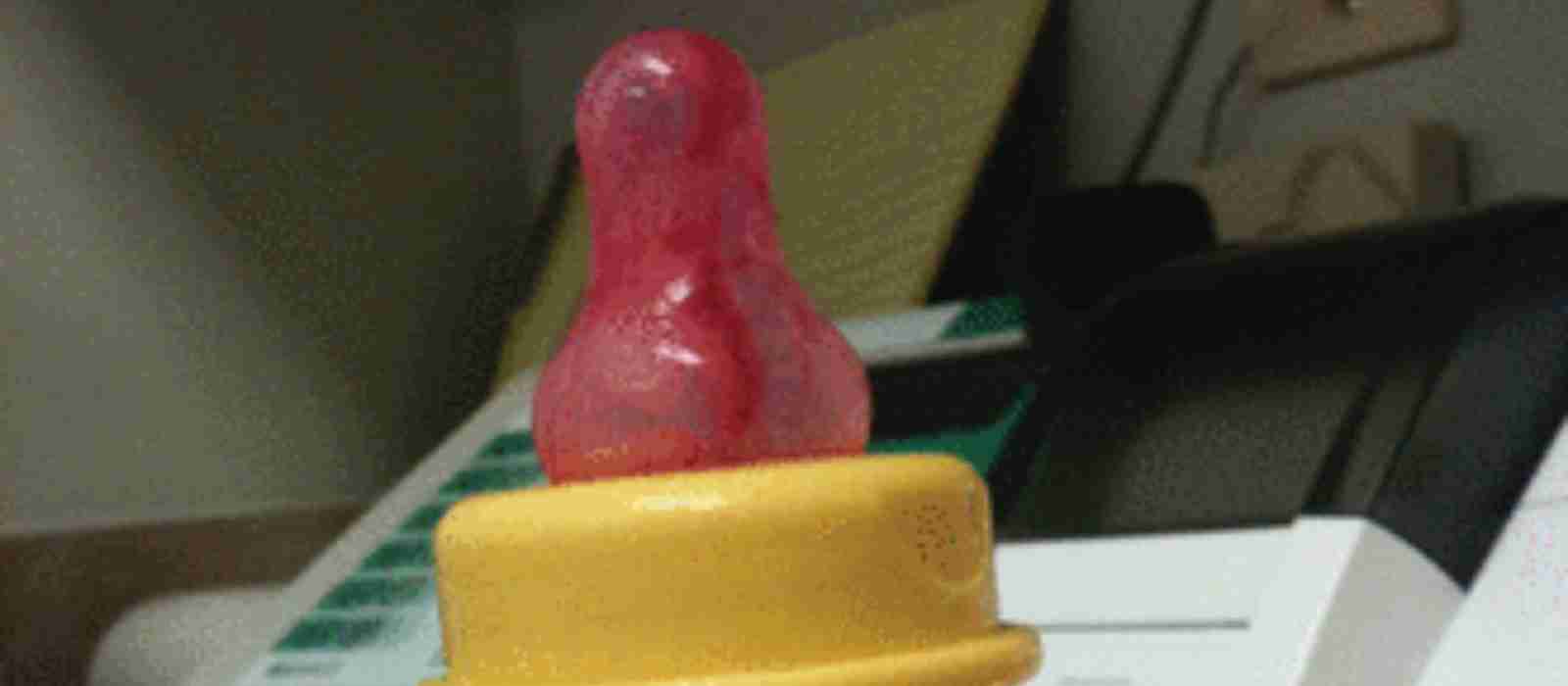As a parent, you may have noticed that pink liquid in baby bottles turns your breast milk or formula milk into an appealing shade of pink.
But why do they turn pink?
Is this something to worry about?
Why do Baby Formula Bottles or Breast Milk Turn Pink?
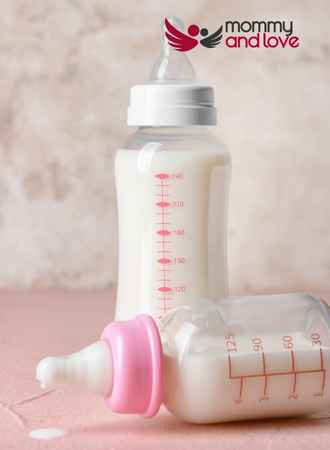
This can occur in every type of bottle from Medela, Tommee Tippee, Avent, Playtex and more.
The pinkness is not only in the nipple either, it goes all the way up the pink bottles. It can happen with glass bottles and plastic bottles but why?
The pink colour on babies bottles from a microbial culprit, the bacteria Serratia marcescens. It can affect both formula bottles and breast milk, both can turn bright pink if the bacteria is present.
This can happen to fresh milk and leftover milk and even to feeding tubes in the hospital!
What is Serratia marcescensis?

Serratia marcescens is a bacterial organism that causes milk to turn a bright pink color after being exposed to it.
When the milk is left out at room temperature, the bacterium becomes active and you end up with pink milk.
Essentially, this occurs when the opportunistic infection enters the baby’s living environment. It is quite something to see Fuschia pink milk!
This pinkish bacterium is present in our surroundings and can be transferred through breast milk from an infected mother. Poor hand hygiene, incorrect bottle sterilization, and polluted water are some of the other factors.
Because this bacterium may develop everywhere, pinpointing the specific source may be challenging. It might be as simple as a polluted water source or as complicated as a mother-to-child infection.
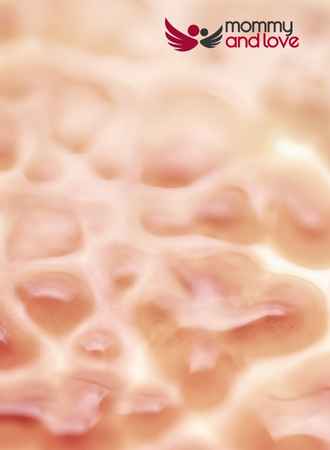
If your baby bottles have turned pink, its a very clear sign they have been exposed to this bacteria.
Ordinarily, this bacteria is not dangerous to healthy adults, but it may cause concern if it gets into your babies bottles.
S marcescens is frequently the cause of pinkish slime or discoloration in showers, tubs, toilets, and even soap dishes.
It thrives in moist areas at room temperature.
What if the Formula Turns Pink?
If the formula has actually turned pink, this is not a result of an issue with the formula.
It normally suggests that the bottle has been contaminated (through drying with a towel or hand touching), or that there is an infection in the water.
If parents have the bacteria, it is very easily transmitted around the house and onto household appliances.
How Do Parents Get Serratia Marcescensis?
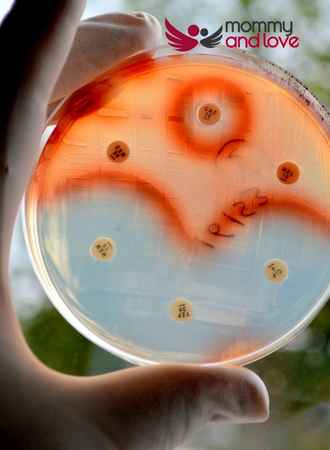
There are a few ways that parents can get this bacteria.
Poor hand hygiene, incorrect bottle sterilization, and polluted water are some of the other factors.
Because this bacterium may develop everywhere, pinpointing the specific source may be challenging.
They could have contracted it in the hospital or just been exposed to someone with broad-spectrum antibiotics patients likely to have it.
How Do Babies Get Serratia Marcescensis?
If they are being breastfed, it is easily transmissible through breast milk.
If babies are bottle-fed, it could be through poor hygiene of the babies bottles, from the water supply or from infected hands touching the babies bottles.
Will My Baby Get Sick From Serratia Marcescensis?

No, your baby will not get sick from Serratia Marcescens.
It is not deadly, but it can cause some health problems if it enters the baby’s system. Therefore it is important, once you have noticed it to eradicate it from your bottles and baby.
However, for premature infants, the bacteria can cause serious health problems, such as meningitis and septicaemia. Also, it may cause a feeding intolerance and failure to thrive.
How To Treat Serratia Marcescensis
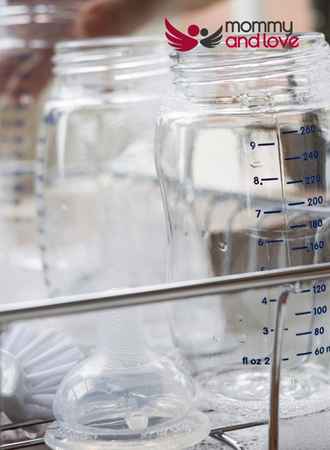
Fortunately, Serratia marcescens therapy is not unduly complicated.
Consult your baby’s pediatrician if you feel he or she has been exposed to the germs.
The following are additional measures to take:
- Bring the pink-colored bottles to the doctor’s visit.
- If evidence of bacteria are found in the mother’s breast milk, the mother will be put on antibiotics.
- All infant feeding items should be sterilized on a regular basis.
- Hand hygiene should be practiced by everyone who touches the baby and their bottles — hands should be cleaned before touching the infant.
So what do you do if your bottle has turned pink?

Don’t worry, your baby is not in danger.
However, it is important to clean the bottles and all associated parts thoroughly. This includes boiling them or using a steam sterilizer.
Make sure that everything is completely dry before reassembling and storing for later use.
Bacteria can build up quickly, so it is important to worry, it is easily treated with a few simple steps.
Should I Throw Out My Bottles Which Turned Pink?
No, this is not necessary.
If the bottles have been exposed to Serratia marcescens, it is important to clean them thoroughly.
This includes all parts of the bottle and nipples. Make sure to dry everything off completely and sterilize before reuse.
Boil Your Bottles
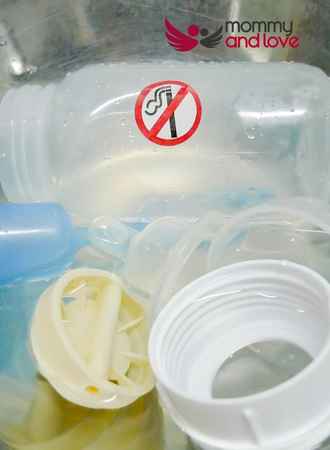
Boiling can be the most convenient approach to sanitize bottles, loose components, brushes, and even towels.
Plastic bottles should be sanitized more often than glass bottles because they collect bacteria more easily.
Remember to always use a clean washbasin.
This includes not just the baby’s bottles but also the bottle brushes, burp cloths, clean tongs and anything else which is used in the formula making process.
Sterilize bottles several times until the hot pink has disappeared.
Throughoughly clean all bottle parks including nipples holes and everything in the diaper bag which may come into contact with them.
- Place all of the bottles, bottle components, and bottle brushes in a big pan. It is important to ensure nipple holes are fully cleaned.
- To help in sterilizing, coarse salt can be added to the water.
- Bring the bottles and components to a boil for at least 5 minutes.
- Using clean tongs, remove the pieces and set them on a clean sterile tray.
- Allow to air dry.
Using Steam To Sterilize Bottles & Bottle Parts

A steam sterilizer is another great technique to disinfect your baby bottles and accessories.
Some devices operate by being placed in the microwave, while others operate on their own. In this case, you must strictly adhere to the manufacturer’s recommendations.
As with the boiling method, disassemble the bottles and disinfect all components.
Using a Bleach Solution
Some people choose to use a bleach solution as their sterilizing method.
This is effective but can be harsh on the nipples and bottle parts. It’s important that all surfaces are rinsed thoroughly with water after using this method.
It is also important to remember that any of these methods will only be effective if they are used regularly.
Germs can build up quickly, so it is important to be vigilant in your cleaning and sterilizing routine.
Also, remember to wash burp cloths and anything else which has either turned bright pink or comes into contact with the feeding bottles.
Also, ensure in the drying cycle that no water is left in any of the parts as this will cause bacteria to breed.
Using a Dishwasher to Sterilize Bottles

If you have a dishwasher, many of the above methods can be performed using this appliance.
Check your dishwasher’s manual to see if it is safe to use on bottles and nipples. Again, make sure that all parts are dry before reassembling and storing for later use.
Can I Continue Breastfeeding?
Yes, you can continue breastfeeding if you have Serratia Marcescens.
Your doctor will normally prescribe antibiotics to help rid you of the infection. He will be able to advise you if you can continue to breastfeed on those antibiotics.
You may have to pump and dump until you finish the course.
Remember it does not normally affect healthy individuals so you will not become sick and to date, we have not been informed of any antibiotic resistance from marcescens infections.
Formula or breast milk that has turned pink should not be used and disposed of in a trash can. If it’s from a contaminated water source then it is best to throw it all away and start fresh.
Take Away
So if you notice your baby’s bottles have turned a hot pink color, don’t worry! It doesn’t mean that your child will automatically become sick the mystery diagnosis is a simple case of Serratia marcescens.
However, it is important to clean and disinfect all of the bottle parts as well as anything else which comes into contact with the formula.
Be sure to do this on a regular basis in order to keep your baby safe and healthy.
Remember to always practice safe hygiene when handling baby bottles and formula. Sterilize all items regularly and be sure that no water is left in the bottles or parts after cleaning.
This will help keep bacteria at bay and protect your little one from any potential illnesses.

